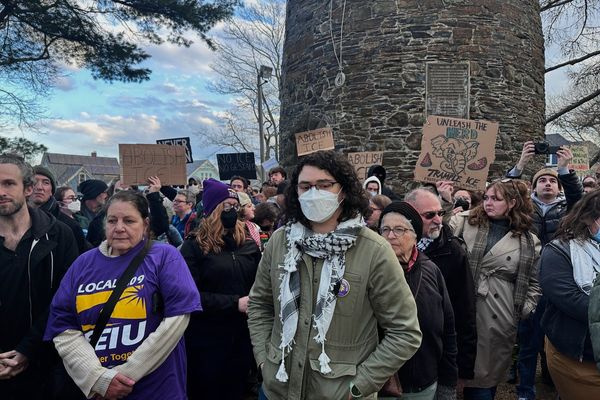Even if you don't have money in a failed bank, you're going to pay the price. How? Lost S&P 500 dividends.
S&P 500 dividend growth this year will slam on the brakes due to challenges following the banking crisis, says a brand-new estimate from S&P Dow Jones Indices. S&P 500 dividends are only expected to rise 5% for 2023, says Howard Silverblatt, analyst at S&P Dow Jones Indices. That's down by half from double-digit percentage increases of 2022 and in the 12 months ended in March.
"The size of the increases has declined and are expected to remain modest for the year as concerns over decreased consumer spending and an economic slowdown have increased," Silverblatt said.
And that's a real problem if you consider last year S&P 500 dividends were the only source of returns. And they're a key part of returns long term. Dividends boosted the S&P 500's long-term returns by 29.5%, S&P Dow Jones Indices says. Stated another way: Dividends account for roughly a third of the market's total returns.
Anything that slows dividend hikes will cost investors.
Financials' Dividends Hit S&P 500
It's unclear how much the banking crisis will sting S&P 500 dividends this year. But it's going to hurt.
Financials are a big source of S&P 500 dividends. More than 93% of the financials in the S&P 500 pay a dividend. And among the financials firms that pay dividends, their yield averages nearly 3%. That's roughly double the S&P 500's yield.
That's not to mention that financials are the third-most important sector in the S&P 500, accounting for nearly 13% of the index' value. And for financials, dividends are imperative. Dividend increases boosted the sector's long-term total return by more than 170%, says S&P Dow Jones.
Six S&P 500 financials, including Lincoln National, First Republic Bank and Comerica already yield more than 6%. Cuts or freezes in dividends are more likely than hikes at this point.
"The expected dividend payment level, however, has been lowered, based on the implied impact to financials issues from the ... (Silicon Valley Bank) events: lower loan growth rate accompanied by lower corporate demand, increased reserve requirements, rising concern over bank stress tests, with a potential expansion of banks governed under them, as well as increased regulations," Silverblatt said.
Dividends By The Numbers
On the bright side, S&P 500 dividends are still expected to hit a record this year. The value of dividend increases in the first quarter hit $19.7 billion, up 21% from the fourth quarter of 2022. But that's still down nearly 29% from the first quarter of 2022.
Given some huge drops in some financial stocks, their yields are looking inflated. Take First Republic Bank, which has seen its stock plunge 89% this year. Now the stock is yielding 7.4%, up from 0.5% a year ago. It wouldn't be crazy to think the bank might hold the dividend flat or even cut it.
So far this year, only one financial company cut its dividend, versus the 20 that have increased them. That means there's still a big shoe yet to drop in the form of more cuts.
Much of the preservation of dividends is merely due to S&P 500 companies giving up on stock buybacks, another hidden cost to investors.
"Companies, led by financials, continued to pull back from their first-quarter 2022 record-breaking buyback expenditures, as energy remains the outlier, increasing its buybacks, as it set record profits," Silverblatt said.
Ripe For A Dividend Cut?
Many S&P 500 financials' yields are high due to falling stock prices
| Company | Ticker | Yield | Year-to-date % ch. |
|---|---|---|---|
| Lincoln National | 8.0% | -29.7% | |
| First Republic Bank | 7.3 | -88.7% | |
| Comerica | 6.7 | -40.1% | |
| KeyCorp | 6.6 | -32.7% | |
| Truist Financial | 6.2 | -25.7% |
Sources: S&P Global Market Intelligence, IBD
Follow Matt Krantz on Twitter @mattkrantz







